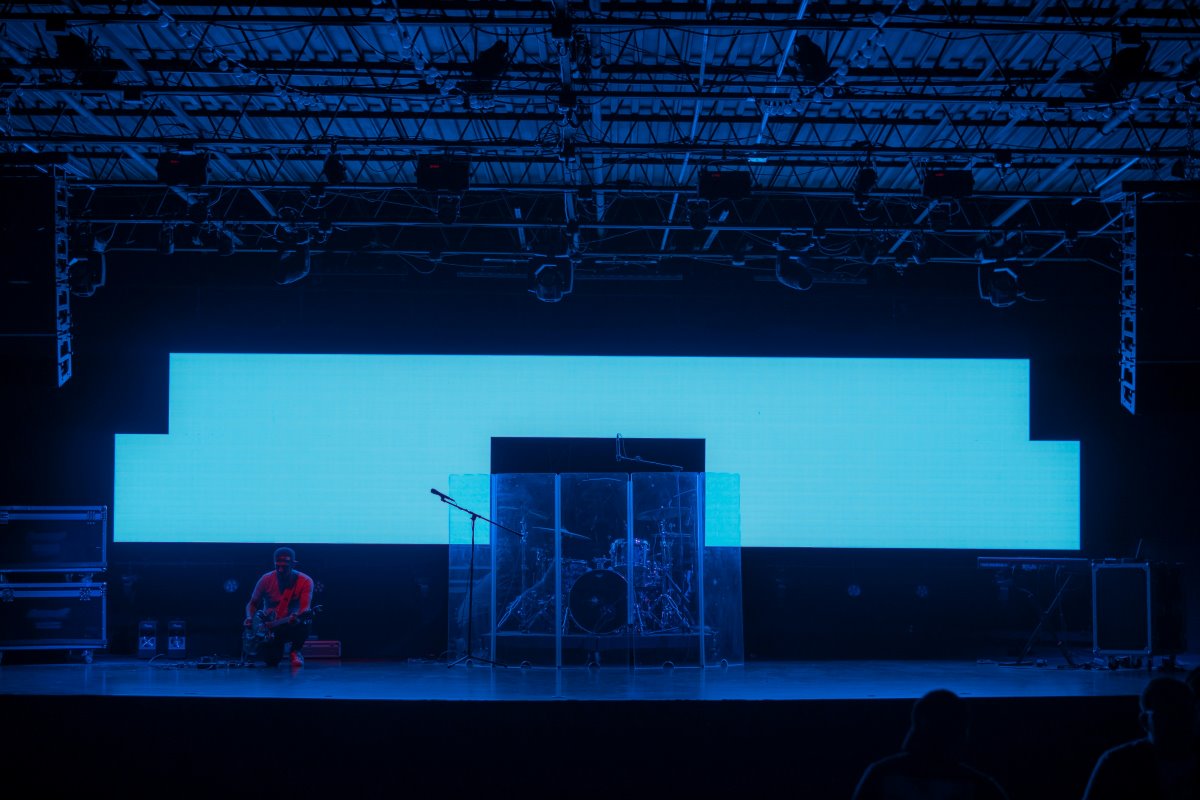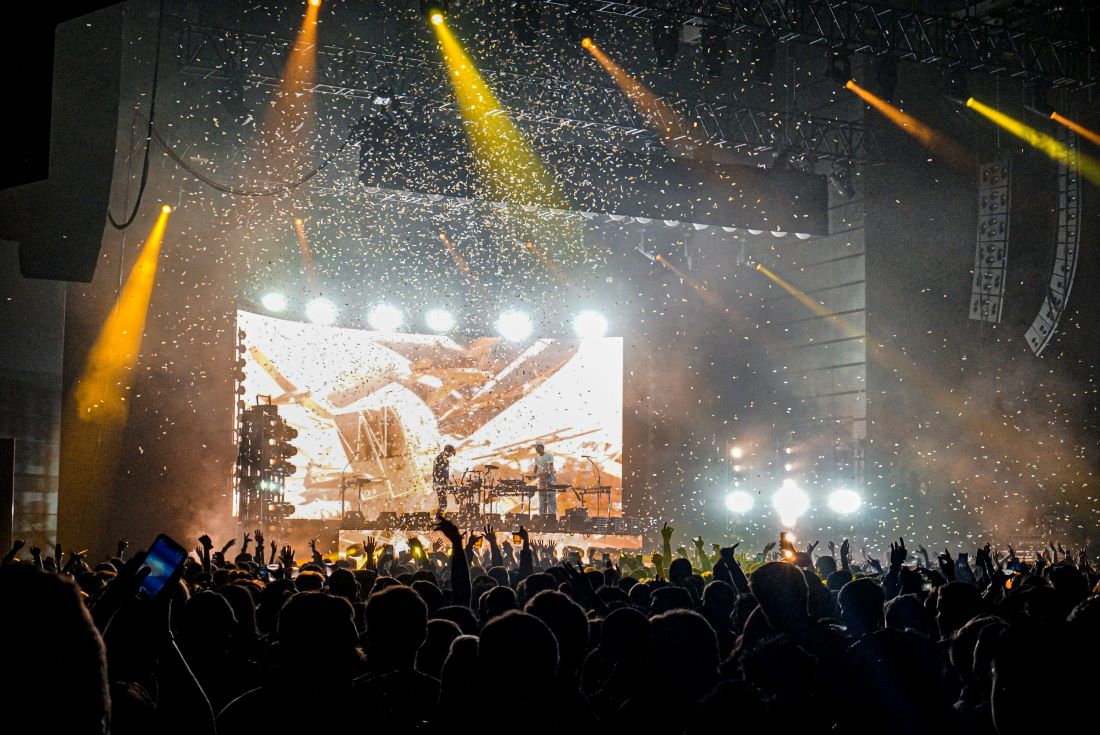Balancing Technology and Event Budgets
In today’s event industry, visual technology plays a crucial role in shaping audience engagement. Concerts, conférences, salons professionnels, and festivals all rely on dynamic displays to communicate messages and create atmosphere. However, organizers often struggle to balance ambitious visual goals with limited budgets. This challenge leads to a critical question: are rental-stage LED displays cost-effective for event organizers?
For many years, LED technology symbolized premium investment. Purchasing large-format stage displays required substantial capital, making it unattainable for smaller organizers. Yet the emergence of rental stage LED displays reshaped the market. These solutions provide access to advanced visual systems without permanent ownership. By offering flexibility, scalability, and reduced upfront costs, rental options appeal to a wide range of organizers.
Nevertheless, cost-effectiveness depends on more than price. Organizers must consider performance, logistics, audience impact, and long-term value. This article explores how rental stage LED displays align with cost efficiency, analyzing both financial and operational perspectives.
1. Understanding Rental Stage LED Displays in Context
Rental stage LED displays are modular, lightweight panels designed for temporary installations. Unlike permanent fixed screens, they prioritize portability, quick assembly, and versatility. Event companies provide these systems for short-term use, allowing organizers to select specific sizes, resolutions, and configurations.
These displays are engineered for mobility. Features such as quick-locking systems, lightweight aluminum frames, and universal cabling ensure fast setup and dismantling. De plus, panels can connect seamlessly, forming large surfaces that accommodate creative stage designs. This adaptability makes rental stage LED displays particularly appealing for concerts, trade fairs, and corporate events where each stage design differs.
Par conséquent, organizers avoid large capital investments while benefiting from professional-grade technology. Instead of paying for ownership and maintenance, they pay for access. This model aligns well with today’s project-based event economy, where cost efficiency and adaptability are paramount.

2. Initial Cost Savings and Budget Flexibility
Purchasing stage LED displays demands significant investment. Beyond acquisition costs, ownership involves storage, transportation, maintenance, and technical staff training. These expenses accumulate, particularly for organizers who only host occasional events.
Rental solutions reduce these barriers. Organizers pay only for the duration of use, adjusting the scale according to each event’s requirements. For small corporate meetings, compact screens suffice. For large festivals, extended video walls create immersive environments. This flexibility avoids wasted investment in unused capacity.
En outre, rental packages often include technical support, transportation, and setup services. By outsourcing these responsibilities, organizers save on hidden operational costs. Par conséquent, rental stage LED displays offer not just lower upfront expenses but also streamlined budget allocation, making them cost-effective in both the short and medium terms.
3. Performance and Reliability Without Ownership Risks
Event organizers cannot afford technical failures. A single malfunction disrupts performances, presentations, and audience experiences. Purchasing displays transfers responsibility for upkeep entirely to the owner, requiring costly maintenance contracts and spare parts.
In contrast, rental providers maintain, test, and upgrade equipment regularly. Organizers benefit from access to high-quality, well-maintained systems without assuming long-term risks. This reliability significantly enhances cost-effectiveness. Downtime or technical issues during an event can cost more than the rental fee itself.
De plus, rental suppliers update their inventory as technology advances. Event organizers automatically access newer models with higher brightness, sharper resolutions, and better energy efficiency. This advantage eliminates concerns about technology obsolescence, ensuring visual quality remains competitive without recurring investment.
4. Scalability and Creative Flexibility for Events
Cost-effectiveness extends beyond finances; it involves maximizing audience impact. Rental stage LED displays enable creative flexibility, which can directly influence ticket sales, sponsorship, and brand perception.
Organizers can scale displays to fit venue sizes and event themes. Modular panels configure into flat walls, curved backdrops, or even 3D structures. This adaptability supports creative storytelling while maintaining cost control. Instead of purchasing multiple display types, organizers rent the exact configuration needed.
Par conséquent, rental solutions enhance visual creativity without inflating budgets. They allow organizers to design impactful environments that attract audiences and sponsors. The ability to impress stakeholders while controlling costs reinforces the cost-effectiveness of rental stage LED displays in competitive event industries.

5. Logistics and Operational Efficiency
Event planning involves complex logistics. Transportation, installation, and dismantling consume time, manpower, and resources. Rental providers alleviate this burden by offering turnkey solutions.
Professional teams deliver, install, and test LED displays, ensuring seamless integration with lighting, sound, and stage design. This service reduces the need for organizers to hire additional staff or invest in specialized equipment. Par conséquent, logistical efficiency saves time and money, allowing organizers to focus on programming and audience engagement.
En outre, streamlined operations reduce the likelihood of delays or technical errors. By outsourcing technical complexity, organizers achieve smoother event execution, reinforcing the value of rental arrangements.
6. Financial Comparison: Rental vs. Ownership
When comparing costs, ownership suits large-scale companies with frequent events. Over time, recurring rental fees may exceed purchase costs. However, ownership requires substantial upfront investment and long-term maintenance.
For most independent organizers and smaller agencies, rental remains more cost-effective. It aligns with project-based budgets, minimizes financial risks, and eliminates depreciation concerns. Rental fees are predictable, aiding in financial planning and sponsorship negotiations.
De plus, the total cost of ownership often includes unforeseen expenses: repairs, upgrades, and insurance. By contrast, rental fees are transparent and inclusive. Par conséquent, rental solutions provide not only affordability but also financial clarity, enhancing their attractiveness for organizers operating within tight budgets.
7. Audience Impact and Return on Investment
Ultimately, cost-effectiveness must consider return on investment (ROI). Event organizers invest in stage technology to attract audiences, impress sponsors, and create memorable experiences. Rental stage LED displays enhance visual engagement, amplifying content impact.
High-resolution imagery, couleurs vives, and dynamic video playback increase audience satisfaction. Positive experiences translate into repeat attendance, stronger sponsor relationships, and enhanced brand reputation. Par conséquent, rental solutions contribute indirectly to higher revenue streams.
En outre, the flexibility of rental packages allows organizers to tailor experiences to specific audiences. Whether targeting corporate clients, music fans, or exhibition visitors, organizers adjust visual impact accordingly. This adaptability maximizes ROI while controlling costs, reinforcing the value of rental stage LED displays.
8. Future Trends in LED Rental Solutions
The LED display market evolves rapidly. Rental providers continually adopt lighter materials, higher resolutions, and more energy-efficient systems. Future trends suggest increased integration of interactive features, cloud-based control, and augmented reality overlays.
Organizers benefit by accessing these innovations without bearing research, development, or upgrade costs. Rental suppliers act as intermediaries, spreading technological investment across multiple clients. Par conséquent, organizers remain competitive in delivering cutting-edge visual experiences while maintaining cost control.
This dynamic demonstrates how rental solutions not only solve present challenges but also future-proof event strategies. The ability to integrate emerging technologies without escalating costs ensures long-term cost-effectiveness.
Conclusion: Strategic Value of Rental Stage LED Displays
Rental stage LED displays represent a practical balance between technology and cost. They eliminate heavy upfront investments, reduce maintenance risks, and provide access to advanced systems. By outsourcing logistics, technical support, and upgrades, event organizers streamline operations and maximize audience impact.
Cost-effectiveness emerges not only from financial savings but also from enhanced creativity, operational efficiency, and ROI. For small and mid-scale organizers, rental solutions offer an accessible path to professional-quality staging. Even large agencies benefit by expanding creative flexibility without tying capital to equipment ownership.
In conclusion, rental stage LED displays are indeed cost-effective when viewed holistically. They provide reliable, scalable, and visually compelling solutions that align with modern event economics. For organizers navigating competitive markets, rental options transform LED displays from financial burdens into strategic assets, ensuring that every event achieves maximum impact with optimized resources.

